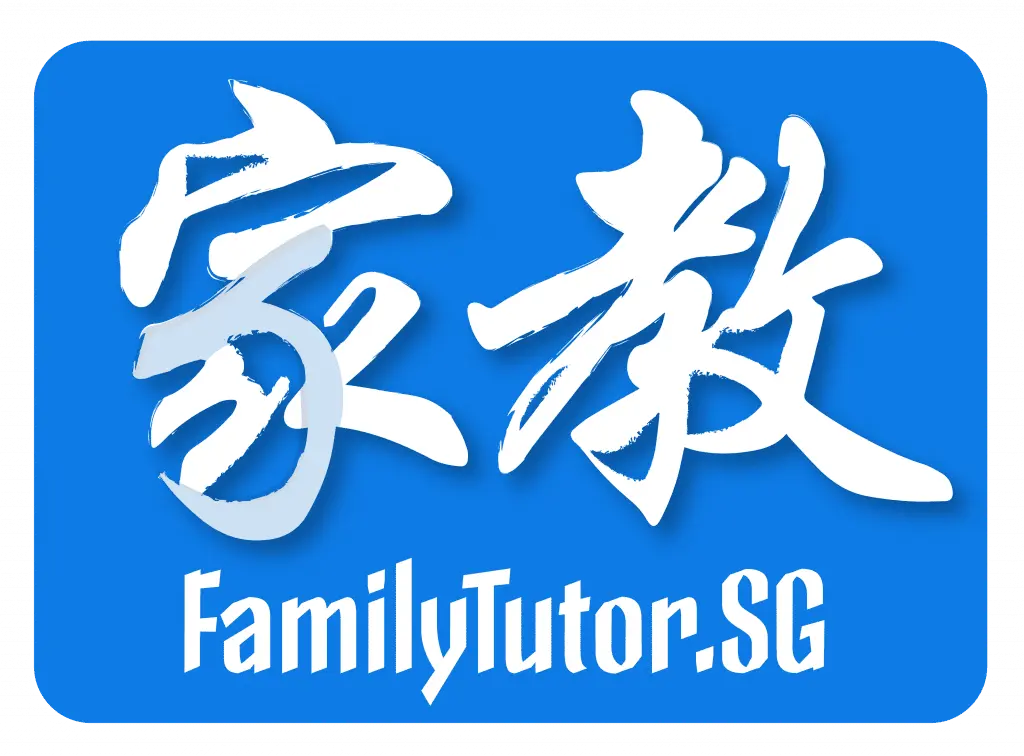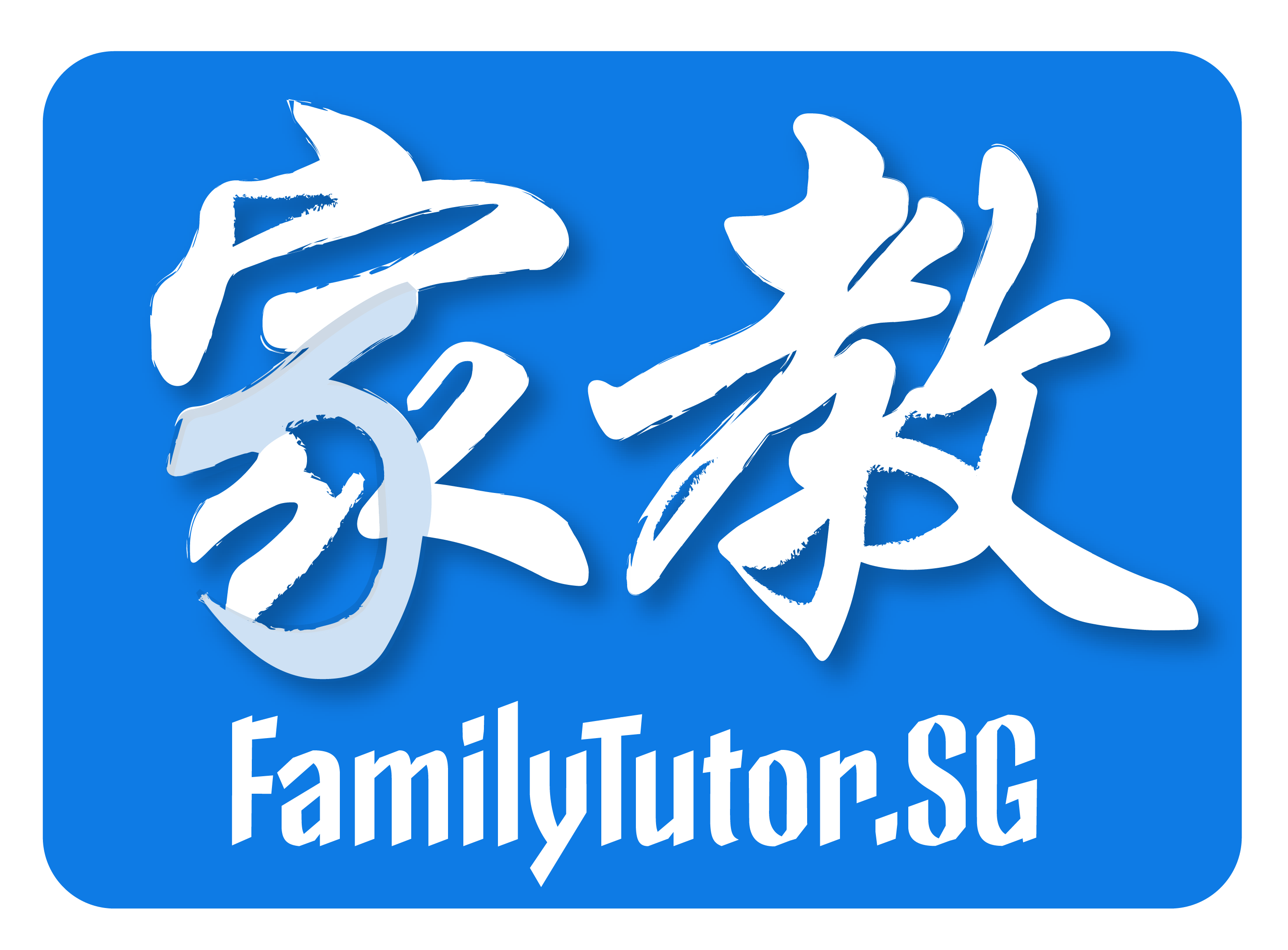
Effective Notetaking 101

Now that revision season is in full swing, many students are scrambling to pull together notes, while some may prefer to study off the textbook. While there is no right or wrong way to study (you should do what you learn best doing!), it is good to have an understanding of effective notetaking practices so that you can maximise your revision time to achieve the best results.
With that said, here are some tried and tested tips that you can adopt for notetaking on most subjects – no matter what stage of school you’re in!
1. Organise with headers, sub-headers and sub-sub-headers
Headers separate the different sections of a chapter and makes content easy to read. Textbooks usually come with headers that you can follow when organising your own notes, but it can be useful to create your own sub-headers to further break down the content of a particular concept into bite-size pieces.
Another way to use headers would be to group information and create a brand-new header for it. For example, in the topic of human digestion in biology, you would first learn about the different types of food molecules before the food tests. When you make your own notes, you have the choice of reorganising this information in the way that works best for you. You can consider first breaking down the section on food molecules to 3 smaller sub-sections (i.e. carbohydrates, proteins and fats) and then including the relevant food tests under each food molecules sub-section (i.e. include biuret test under the proteins sub-section).
2. Draw your own (simplified) diagrams
If you’re a science student, you will probably be familiar with the many diagrams in your textbooks, ranging from the digestive system to the movement of substances. Recreating these diagrams will help you remember the constituent parts of the diagram, leading to ease of recall. While the printed diagrams are aesthetically pleasing and highly detailed, they may overwhelm you with the amount of information and potentially confuse more than aid.
When recreating your own diagrams, a rule of thumb is to not copy wholesale all the details found in the original diagram, since you would just be replicating it. First, you should identify the important parts of the diagram that you need to know, for example, the organs in the alimentary canal. Then, construct your ‘diagram’ with simple boxes and bubbles, instead of replicating the shape of the organs. With this simple flow-chart style diagram as a base, you can use it to memorise the parts of the alimentary canal, map the links between the parts, and fill in relevant supplementary information about each part, such as the presence of hydrochloric acid in the stomach.
Humanities students – diagrams have a place in your revision notes too! When memorising things like macroeconomic policies in economics, flow charts can help to solidify the links between the many points that substantiate your choice of one policy. This clear delineation of point-elaboration-evidence-link (also known as P-E-E-L) ensures that you would have written down all the important keywords and phrases when writing the essay. Having multiple sets of such flow charts can also help you quickly pick and choose the factors that you want to include in your work, especially during a timed assessment or examination.
3. Have a colour-coding system to aid search and recall
If you’re a visual learner like many students in Singapore, you will be able to process information much easier with colours in your notes. No, you don’t have to make your notes wildly multicoloured, having 2-3 colours would usually suffice! Remember, you want the colours to stand out and illuminate the most important points, not overwhelm your eyes.
After choosing the colours you want in your notes, you would need to come up with a legend that sets out what each colour means. For example, you can use yellow for important keywords or phrases that you know will get you marks in long answer questions, while blue can be reserved for real-life examples. Try to keep this legend consistent across your subjects so you don’t get confused over what-means-what when you switch to revising for a different subject.
Taking the time to reorganise your notes in the way that makes the most sense to you will go a long way in helping you recall information during tests and exams. With this in mind, you can start marking up your headers and key content with colours, whether digital or physical highlighters!
4. Swap and go through notes with your friends
Preparing notes during revision doesn’t have to be a lonely task. Gather a group of friends that you trust and split the work amongst you – the more the merrier! Divide up the number of topics in a subject and assign notetaking to different members of the group, working with everyone’s strengths and weaknesses. If all of your classmates in the class are agreeable, you can also make this a class-wide effort where you can achieve both good grades and team bonding in this one activity.
This is an effective and time-saving strategy to obtain good quality notes in a short period of time. Those in the group who are more well-versed in certain topics will be able to come up with more detailed, informative notes for that particular topic. At the end of this exercise, share these notes on a cloud folder (Google Drive/Dropbox/Box etc.) for use during revision season.
This team exercise of making notes also means that when you come across a set of notes on a topic that you don’t quite understand yet, you have the opportunity to reach out to the classmate who made it for clarifications. Through peer review and discussion, you stand to gain more knowledge and widen your perspectives than if you were to embark on this task alone.
Pro-tip: agree amongst yourselves the formatting style and colour schemes before going into the exercise. This makes for coherent sets of notes that work well with one another.
5. Ensure that your notes are accurate before using them to revise
Last but definitely not the least, make sure that the notes you are using for revision are factually accurate and up to date.
To start, you would want to ensure that your notes are going to be comprehensive enough for thorough revision. One way to make sure of this is to refer to the syllabus document on the MOE website. Every examination cohort will have a set of syllabi for the subjects taught in school, and you should familiarise yourself with the ones for your subjects.
One major benefit of referring to the syllabus while making notes is that you will never veer off course and include irrelevant, untested materials. Knowing the learning objectives can help you make decisions on which sections are more important than others in the examination, and you can focus on these sections accordingly.
If you are having trouble understanding what is required of you based on the syllabus, reach out to your teachers or private tutor if you have one. Your home tutor should be well-versed in the syllabus and thus be able to guide you through understanding the document and applying these guidelines on your notetaking process. Besides explaining what you need to look out for from the syllabus in the 1-to-1 tuition sessions, your tutor will also be able to check through your notes to make sure that they are factually correct and exam-ready!
Don’t have your own private tutor yet? FamilyTutor, the leading private tuition agency in Singapore, can help! Simply navigate to the “Request a Tutor” page to, enter your specifications and preferences for a tutor and voila, you’ll be matched with a qualified tutor very shortly.
Conclusion
The idea of making your own notes for revision might sound cumbersome and overwhelming, but we hope that these tips have come in useful as you do so during this revision season! With a little bit of help from your friends and putting in place systems of notetaking, this task will be a real breeze.
Good luck!

Jasmine
Jasmine is a student in the social sciences who strongly believes in the value of holistic education. As a self-touted organisational whiz, she takes pride in making sure that all of her groceries fit in the pantry and formatting words into uniform text on a page.
Tell Jasmine Below What You Think About Her Post!

About FamilyTutor!
FamilyTutor is an established home tuition agency in Singapore! We match suitable home tutors for our clients not just to improve the students' academic grades, but also to build a strong rapport and meaningful relationship with the students and even the their whole family. FamilyTutor put every student in good hands!
If you need an excellent home tutor, feel free to call/WhatsApp us at +65 8777-2168! Our matching service is free!
Related Posts!
Follow Us On Facebook!
Education Levels
National Exams
Math & Science Subjects
Language Subjects
Japanese Tuition
Korean Tuition
German Tuition
Humanities Subjects
Social Studies
Chinese Literature Tuition
About Us
FamilyTutor is an established and the people’s favourite home tuition agency in Singapore! We match a suitable tutor for you not just to improve the student’s grade, but also to build a good rapport and meaningful relationship with the student and even with the student’s whole family! With FamilyTutor, every Singaporean son & daughter is in good hands.
Contact Us
- 8777 2168
- 8777 2168
- Mon-Sun 9am-10pm (Including PH)
- contactus@familytutor.sg
- 17 Petir Road Singapore 678278



